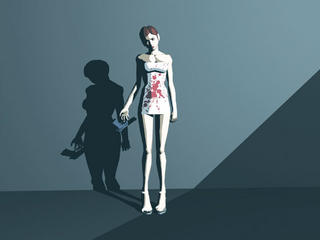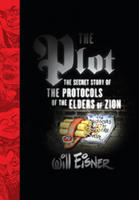GAME ON: Hot Coffee fallout
As promised in Friday's post, my gaming column for this Sunday delved into the potential fallout from the "Hot Coffee" scandal. Here's the full article, which ran in yesterday's Arts & Leisure section.

Now that the whole "hot coffee" debacle has spilled onto the floor and subsequently been mopped up, the question remains: Will that mess leave a lasting stain?
For those of you not in the know, a summation is in order. Earlier this summer, hackers discovered a hidden code in their PC copies of "Grand Theft Auto: San Andreas" that revealed a somewhat explicit sex game, rather coyly dubbed "hot coffee."
It was obvious that publisher Rockstar never intended consumers to see this mini-game — there was no way to access it through normal play; one had to type in reams of code or use a special cheat device like Action Replay to see it.
Still, it was enough to stir up the ire of folks like Sen. Hillary Clinton and anti-video game advocates who had long been critical of the game and called for legislation and a FTC investigation.
When the hidden sex scenes were found in the PlayStation 2 version of the game, the Electronic Software Ratings Board slapped an Adults Only tag on the title (the equivalent of a NC-17), stores like Wal-Mart pulled it from their shelves, and Rockstar was forced to release an altered version of the game with the hidden code removed.
But that was not the end of it. "Hot coffee," it seems, was the foot in the door for those who have long railed about the evils of video games.
Laws have been passed in Illinois, Michigan and California, fining retailers if they sell or rent overly violent or sexual games to minors.
"It’s pretty clear that the ‘hot coffee’ scandal was the tipping point in the passage of video-game legislation, at least in California, where the bill was stuck in committee before ‘hot coffee’ broke," said Dennis McCauley, who reports on games for the Philadelphia Inquirer and runs the Web site GamePolitics.com. "It certainly helped in Michigan and Illinois as well, although those states seemed determined to pass their laws even before ‘hot coffee.’ "
At this point, there is no active anti-video game legislation on the docket in the Pennsylvania legislature, although a bill was introduced in March of this year asking the Children and Youth Committee to investigate the effects of violent video games on kids.
But legislators in other states are gearing up for the 2006 session. McCauley said he expects to see bills introduced in New Jersey, North Carolina and Wisconsin.
Of course, the industry is not taking these laws lying down. The Entertainment Software Association, which represents game publishers, has already filed suit against all three laws, declaring them unconstitutional.
"These laws would limit First Amendment rights," said Daniel Hewitt, manager of media relations for the ESA. "The folks pushing this legislation are taking an unconstitutional tack. A year down the road the courts will rule in our favor, and we will have wasted a year of everyone’s time."
The problems with these laws, said Hewitt, is that they either are far too vague or give the force of law to the ESRB, a private entity.
"These laws are poorly written and poorly worded and restrain the First Amendment rights of developers," he said.
Hewitt cited a recent FTC study claiming that 83 percent of the time parents are involved in the purchase of games, as well as a study by Peter D. Hart Research Associates saying that the majority of parents limit their children’s access to M-rated games.
"Parents want to maintain control and be sole-decision makers of what goes into their homes," he said.
One of the groups that came under fire during the "hot coffee" fiasco was the ESRB. While many praised the group for clamping down on Rockstar, others argued the organization should have done more, or used the debacle to claim that the current rating system is ineffective.
ESRB president Patricia Vance understandably takes issue with those claims.
"[The ‘hot coffee’ scandal] was not about the rating system. If anything, it shows the rating system worked," she said. "We found out, investigated and took corrective action in a short period of time. And we got the product off the market or rerated it."
Vance stresses the ESRB’s rating system is an effective tool for parents looking to make educated purchases.
"The laws being proposed are by those who don’t use the ratings system and who aren’t gamers," she said. "Ask a parent of 3- to 17-year old ‘Are they aware of the system?’ and you’ll find overwhelming majority use the system.
"The decisions being made [by a parent] might not be a decision that the governor of California or the governor of Michigan would make," Vance added. "But parents should be making those decisions. The ratings system was never meant to be a mechanic for regulation."
For those who wonder why such a fuss is being made over a law that merely seeks to protect kids from adult material, consider the chilling effect such enactments could have on publishers.
Let’s say you want to make a game for 18-plus crowd that deals thoughtfully with the consequences of violence or involves a romantic liaison between two consenting adults. Chances are you would be more hesitant about dealing with such topics if you know that retailers might not stock your game for fear of getting in trouble with the law.
It’s not just speculation. "Indigo Prophecy," a smart, stellar murder mystery that features innovative game play had several scenes edited out for the U.S. version.
Also, Rockstar’s "Bully" and Eidos’ "25 to Life," which have already stirred controversy despite not being in stores yet, have been delayed until next year. This has led to speculation that politics could be involved and that potentially offensive content would be toned down.
Whether the laws remain on the books or get struck down, it’s a sure bet that the fallout from the ‘hot coffee’ scandal will be seen for some time to come.
" ‘Hot coffee’ cost the industry a lot of public trust, and they are going to have to work hard to win it back," McCauley said. "Games like Rockstar’s upcoming ‘Bully’ won’t help."
Copyright The Patriot-News, 2005
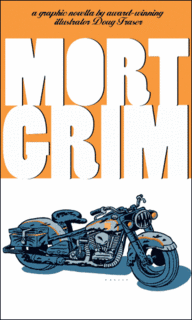
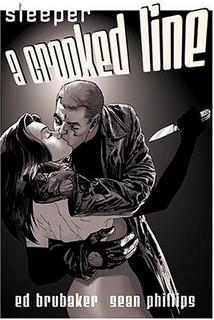

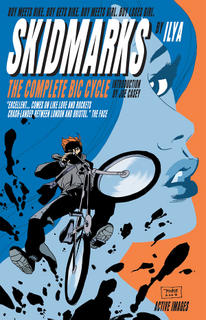










 Then there are the countless mini-games you can take on if you don't feel like following the main story. Don't want to gun folks down? You can drive a taxi, become a firefighter, race BMX bikes, dance at the club or go out on a date. Ten hours into the game, and you'll barely scratch the surface of what "San Andreas" has to offer.
Then there are the countless mini-games you can take on if you don't feel like following the main story. Don't want to gun folks down? You can drive a taxi, become a firefighter, race BMX bikes, dance at the club or go out on a date. Ten hours into the game, and you'll barely scratch the surface of what "San Andreas" has to offer.







